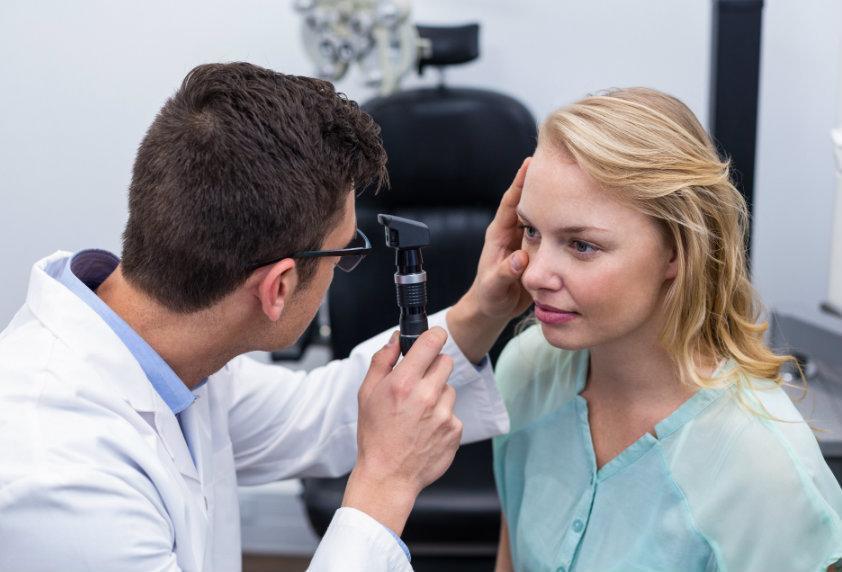What is Low Vision?
Low vision is a medical term that refers to vision that is 20/70 or worse. In most cases, patients cannot correct low vision completely by using prescription glasses or contact lenses. Patients with this condition are either partially sighted (20/70 to 20/200 vision with corrective lenses) or legally blind (20/200 vision or worse with corrective lenses). Fortunately, there are a few treatments that can better the quality of life for people with low vision.
Medical Solutions
Treatment for low vision depends on the underlying eye disease and the severity of the condition. Some eye diseases that can cause low vision include wet macular degeneration, cataracts, and glaucoma:
- Physicians can prescribe injectable medicines to treat patients with wet AMD. These injectable medicines can not only prevent further vision loss, but it can also improve vision.
- Patients with cataracts can undergo surgery to have their cloudy lens replaced with intra-ocular lens.
- Prescription eye drops are usually enough to treat glaucoma as long as the condition is detected early.
Essentially, surgery and medication are the two main medical solutions for low vision. Unfortunately, some eye diseases are untreatable and low vision can be irreversible. Therefore, many people with this condition have no choice but to turn to other solutions, such as low vision aids.
Low Vision Aids
People with low vision can remain independent and continue to lead fulfilling lives with the help of low vision aids. Some low vision aids work by making things bigger and brighter while others work by allowing patients to rely more on audio and hearing. People with low vision can also reorganize their environment at work and at home to make daily life easier for them.
Those with low vision can carry a penlight on them at all times to make reading easier. A gooseneck lamp will help with vision at work and at home. Physicians recommend that patients cover all shiny counter and wood tables in their home to reduce glare. Visors and dark yellow glasses will help with glare outside.
Nutrition/Diet Solutions
Patients with low vision can promote proper eye health by resorting to nutrition and diet solutions. Zinc, Selenium, Vitamin A, Vitamin C, and Vitamin E are all nutrients and minerals that can help improve vision. Those who struggle to get these vitamins from their diet can take dietary supplements. As a precaution, all patients with low vision should consult their doctor before making any major changes to their diet.
While low vision is a condition that is often permanent, there are many different treatments and solutions that allow those afflicted to lead happy and meaningful lives. To learn more about treatments for low vision, don’t hesitate to contact us.
